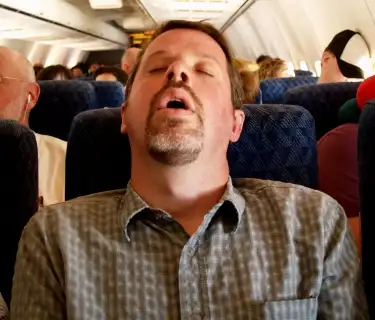
Investors and travelers have something in common: They’re both looking to buy when prices hit bottom.
For investors, there’s nothing quite so demoralizing as buying a stock at what they expect to be its 12-month low, only to have its value dip by another 20 percent. And in a falling market, the fear of such a scenario keeps many buyers on the sidelines.
While it’s rarely discussed in this context, the same is true of would-be travelers. No one wants to find themselves with buyer’s remorse after watching a ticket purchased at a “summer sale” price discounted even more a week later. With the seemingly endless succession of fare sales in recent months, buyer’s remorse has become a fact of travel life.
So, have we reached the bottom? Are ticket prices as low as they’re going to get? Can you book today, with no fear of finding yourself beset by buyer’s remorse tomorrow? Indeed, there are signs that we have hit bottom, and that you can—and perhaps should—book sooner rather than later.
Genevieve Shaw Brown, senior editor at Travelocity, reports ticket pricing “very similar to where it was about seven weeks ago. As of May 1, the average domestic fare for summer was $299. As of June 22, the average fare was $300—so not much movement in pricing.” If not an actual upturn, that at least suggests the possibility that prices have bottomed out.
Rick Seaney, who covers the industry for FareCompare.com, points to two recent fare hikes, characterizing them as “the strongest signal I have seen that the bottom is either here—or very near.”
And Bob Harrell, of Harrell Associates, a consulting firm that tracks airfares, counsels that, for summer travel, “There’s no reason to wait. Buy now.” Fares, he said, are “scraping along the bottom, and could go back up at any time.”
The signals from the airlines themselves also support the notion that prices have nowhere to go but up.
During May, while the airlines’ average ticket prices were still quite low, their planes were packed. Continental’s load factor—the percentage of seats occupied—was 84.7 percent, a record. Delta’s load factor was 84.1 percent. US Airways flew 82.8 percent full. Those are healthy numbers, suggesting that the airlines have finally adjusted capacity to be in line with consumer demand.
And, anecdotally, there’s reason to think that in the late stages of this prolonged recession, exacerbated by the [% 2890386 | | swine flu %] outbreak, there’s plenty of pent-up demand from consumers who have deferred travel due to financial or health concerns.
Paradoxically, to the extent that the recent increase in ticket prices presages an upward trend over the long term, it could be just what’s needed to spur an upsurge in travel. Because rather than fearing buyer’s remorse as prices keep falling, would-be travelers will be afraid of missing the boat as prices turn up.
We hand-pick everything we recommend and select items through testing and reviews. Some products are sent to us free of charge with no incentive to offer a favorable review. We offer our unbiased opinions and do not accept compensation to review products. All items are in stock and prices are accurate at the time of publication. If you buy something through our links, we may earn a commission.
Related
Top Fares From
Today's Top Travel Deals
Brought to you by ShermansTravel
Kenya: 14-Night Tour, Incl. Tanzania &...
smarTours
 vacation
$7125+
vacation
$7125+
7-Night Caribbean Round-Trip Cruise From Orlando:...
Norwegian Cruise Line
 cruise
$739+
cruise
$739+
Ohio: Daily Car Rentals from Cincinnati
85OFF.com
 Car Rental
$19+
Car Rental
$19+



